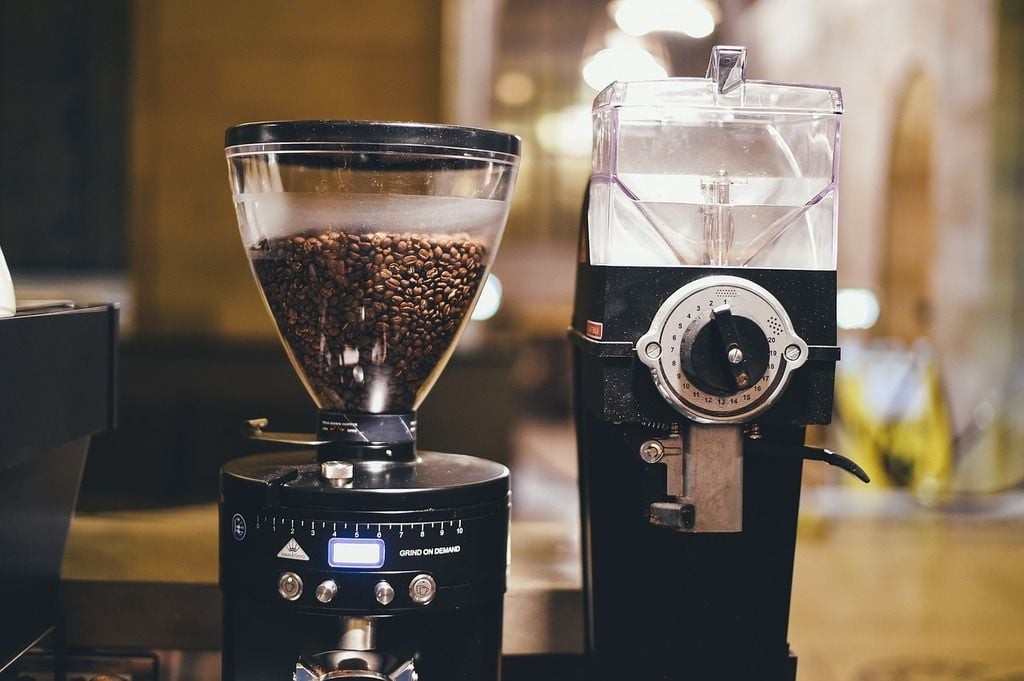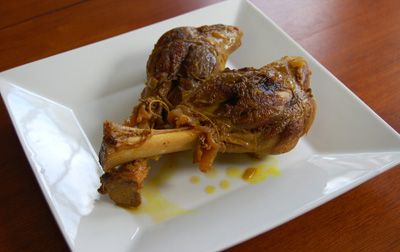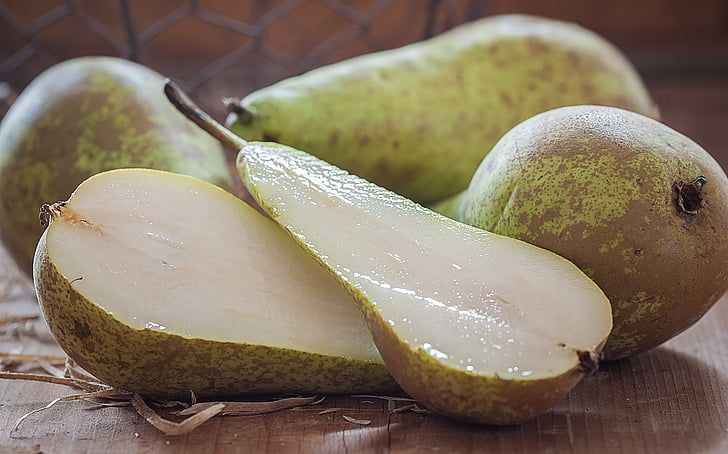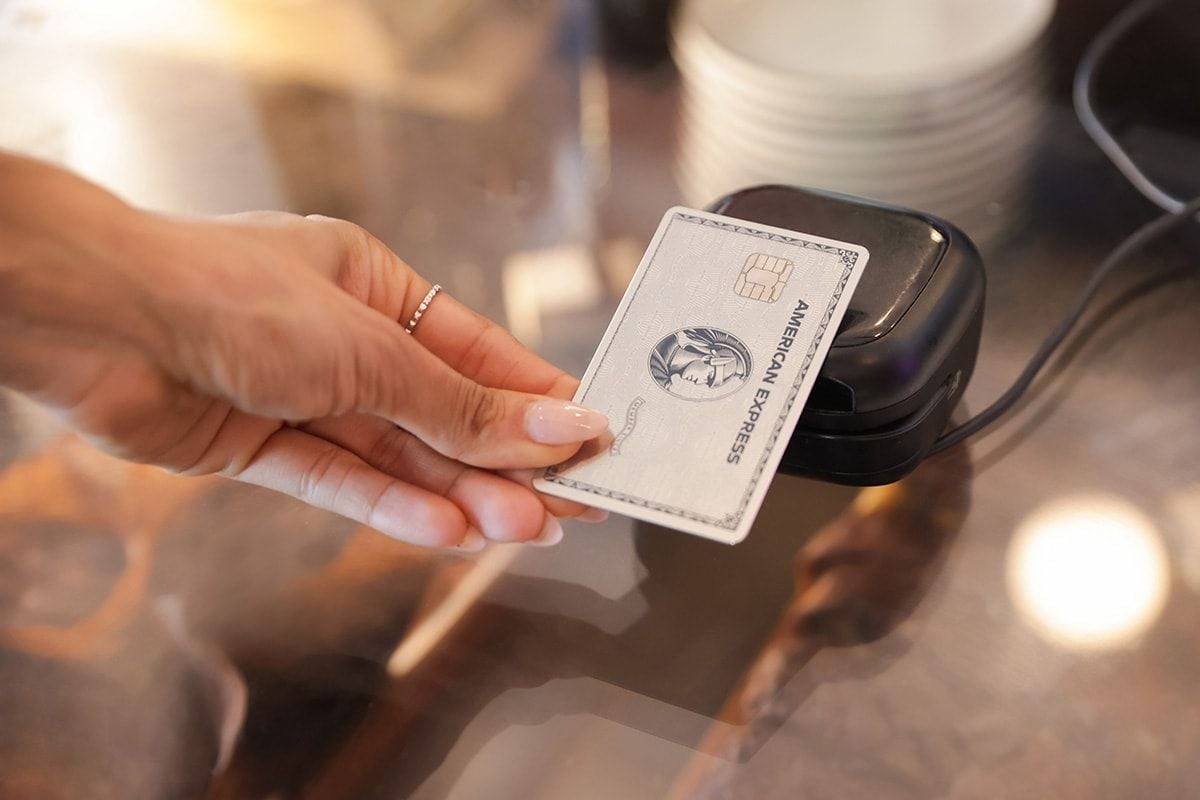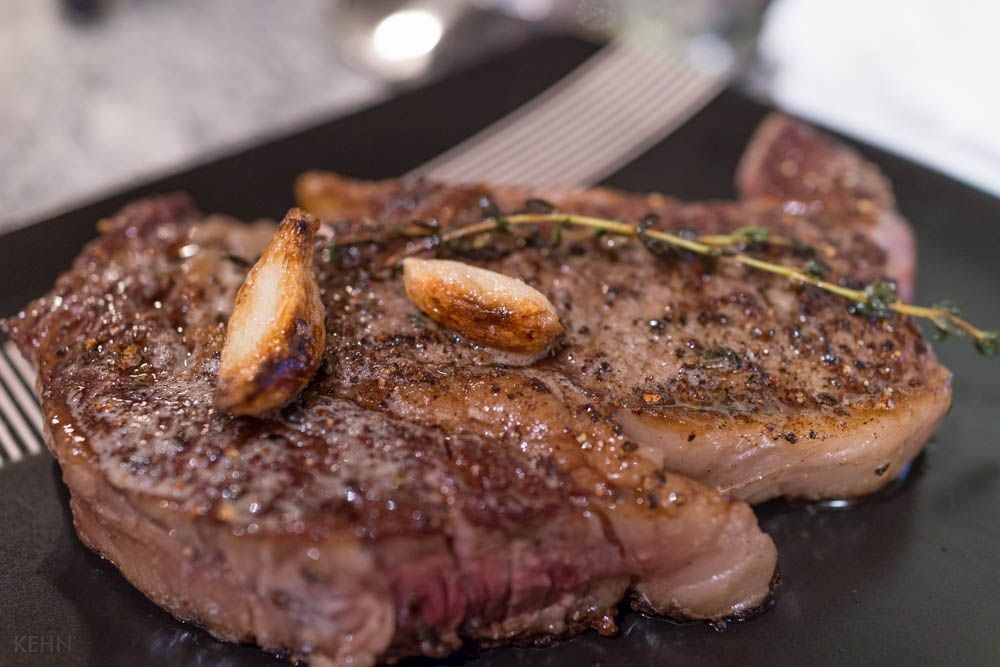
Understanding Batters and Doughs: Culinary Basics Unveiled
- Aug 25, 2024
As Food & Wine’s Editor in Chief posed a seemingly straightforward question about Rebekah Peppler’s scrumptious "Tarte Tropézienne" - a French brioche-based dessert - a complex quandary followed: Is it an example of batter or dough? This query lies at the crossroads of culinary science and semantics, revealing unexpected layers of complexity in what most would consider a clear-cut field.
The conundrum brings to the forefront the subtle, yet distinct differences between batter and dough - both ubiquitous elements in the realm of baking. Despite ingredients that often overlap, the discrepancies lie in the texture and preparation methods.
To kickstart this culinary exploration, let's dissect the key components of batter. You can create batter using any flour variety, but all-purpose flour tends to be the prime choice for most recipes, such as pancakes and waffles. Batter is defined by a distinct trait - a thin consistency, brought about by the addition of liquids such as water, milk, or eggs. Consequently, it's usually pourable - a hallmark of dishes that span both the sweet and savoury spectrum, including the crispy coating of fried chicken or tempura dishes.
In contrast, dough’s persona is shaped by the reduced use of liquids, creating a stiff yet kneadable mixture. Established recipes for bread, rolled cookies, and even pizza dough bear witness to this. Much like batter, water and milk are top picks as liquids, with eggs also making it into many dough recipes, except for pizza dough.
At this juncture, you must have discerned the first fundamental difference between batter and dough: their respective consistencies. The higher ratio of liquid to flour in batter yields a thin, pourable mixture, unlike the kneadable, rollable nature of dough.
Secondly, these contrasting consistencies call for different preparation techniques. Stirring and whisking in a large bowl, using a spoon, hand, or stand mixer, are effective methods for preparing batter. For dough, careful blending - by hand, wood spoon, or the dough hook of a stand mixer - is advised to prevent overworking, a mishap that can irreparably affect the final bake.
Lastly, each preparation has its unique forms. Batter, while easy to mix, is dependent on specific containers, such as muffin or cake pans, for shaping. On the other hand, dough’s molding is a hands-on process, and it doesn't necessarily require a container to take its form.
To summarize, batters and doughs, though similar, exhibit notable differences in consistency, mixing techniques, and shaping methods. Armed with this newly acquired knowledge, whether it's whisking up a sinful batter or kneading dough for your favorite pizza, you're set to navigate through your kitchen adventures with absolute confidence.

